Explore the vibrant tapestry of cultural heritage and natural beauty through its captivating array of Tourist Attractions in Gujarat.Let’s embark on a journey to uncover the hidden treasures and renowned landmarks. That make Gujarat a captivating destination for explorers from all walks of life.
Sabarmati Ashram
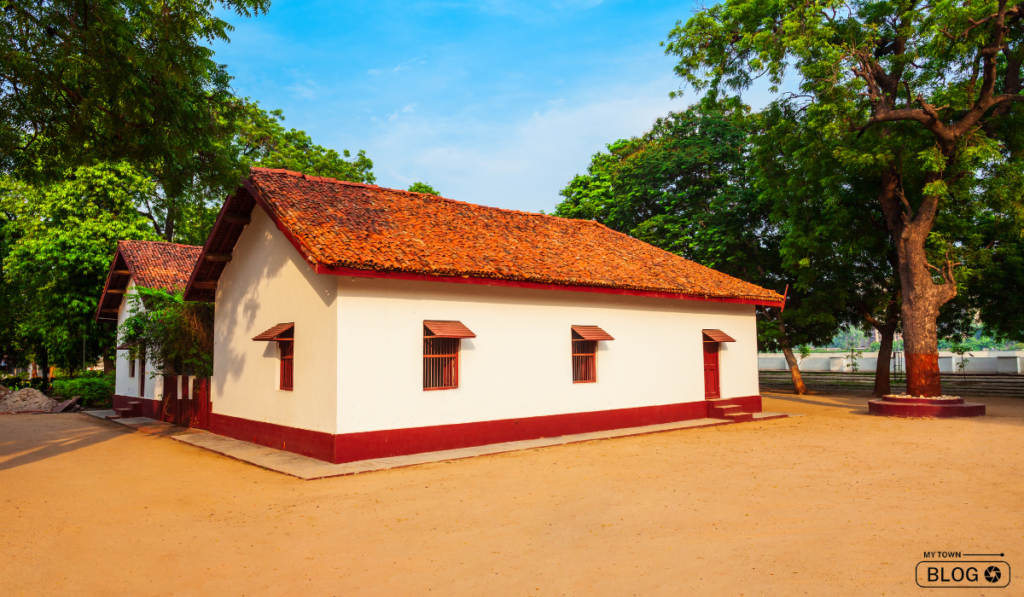
Established in 1917 along the serene banks of the Sabarmati River, the ashram served as the epicenter of Gandhi’s nonviolent movement against British colonial rule. Gandhi chose this site for its peaceful surroundings, which reflected his philosophy of simplicity and self-sufficiency. The ashram became a place of reflection, discourse, and activism.
It was here that Gandhi initiated the famous Dandi March in 1930, a pivotal event that sparked civil disobedience against the salt tax imposed by the British. Sabarmati Ashram remains a pilgrimage site for those seeking to connect with Gandhi’s ideals and principles of truth, nonviolence, and communal harmony.
Visitors can explore the ashram’s various sections, including the museum that showcases artifacts, photographs, and documents from Gandhi’s life and the struggle for India’s independence. The Hridaya Kunj, Gandhi’s living quarters, has been preserved to offer a glimpse into his daily life and routine.
Statue of Unity, Kevadia
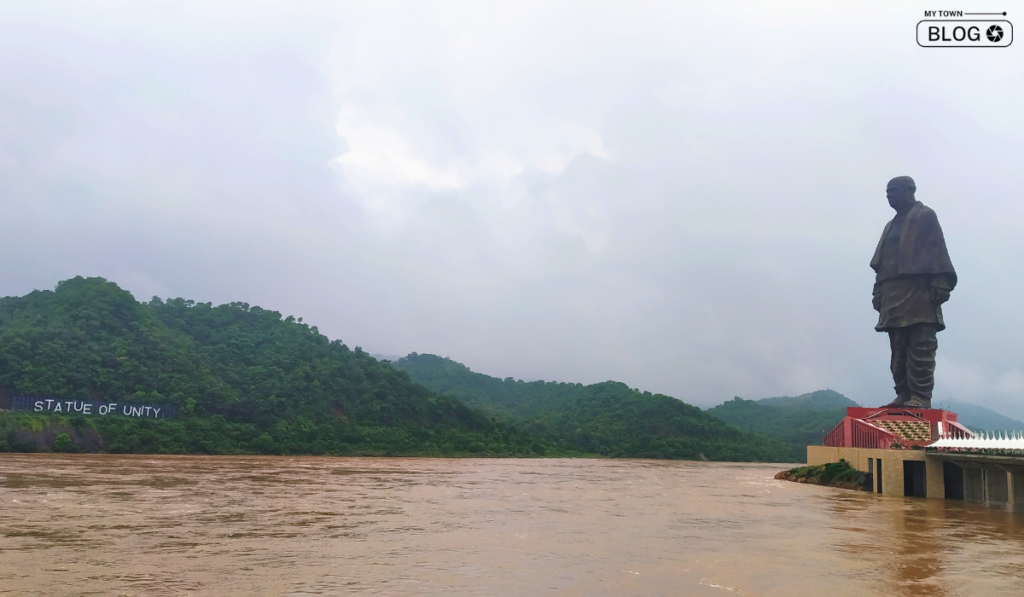
In 2018, the world witnessed the completion of a monumental tribute to Indian freedom fighter Sardar Vallabhbhai Patel—a colossal statue soaring 182 metres into the sky. Twice the size of the Statue of Liberty.
Patel, India’s first Deputy Prime Minister and Home Minister, played a pivotal role in unifying the nation’s princely states. This iconic statue is surrounded by a thriving tourist haven offering an array of attractions for all ages.
Aside from the awe-inspiring statue, the area boasts a sound and laser show. Butterfly and cactus gardens, an Ayurvedic wellness centre, and handicraft stores. The landscape transforms with a Valley of Flowers, a charming Children’s Park, a Safari Park and Zoo, and adventure activities like zip-lining and white-water rafting.
What’s heartening is the focus on empowering local women through training and employment. Accommodation options range from luxury tent cities to hotels and homestays, completing this remarkable experience of human ingenuity and dedication to excellence.
Champaner-Pavagadh Archaeological Park
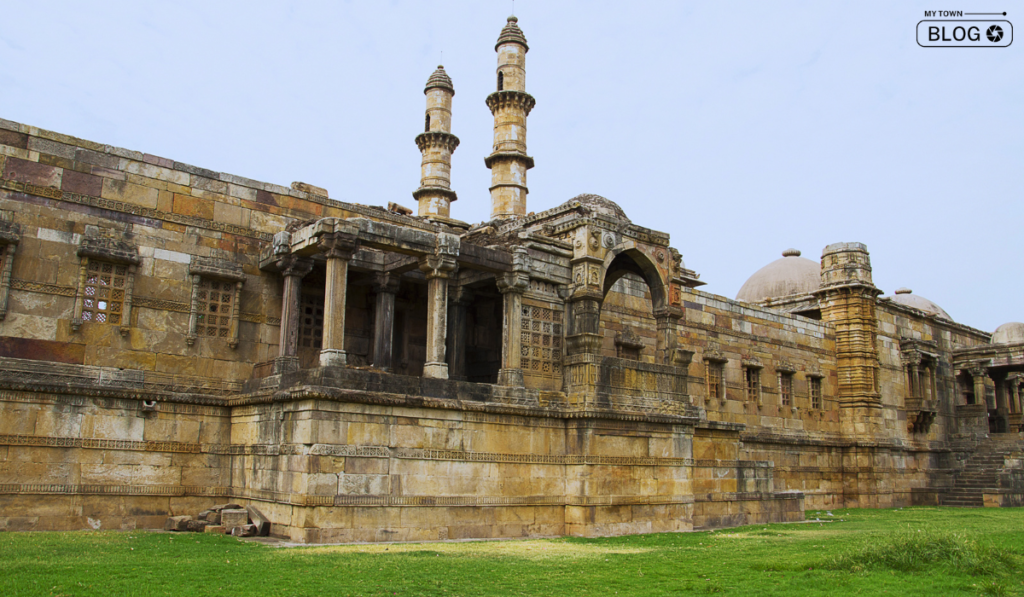
The lesser-known UNESCO World Heritage Sites of Champaner and Pavagadh are a treasure trove of historical, architectural, and archaeological wonders spanning Muslim and Hindu legacies, originating from the 8th to 14th centuries.
This rich heritage encompasses a hill fortress, opulent palaces, revered places of worship (the Jama Masjid stands as an exemplar of Gujarat’s mosques), vibrant residential zones, serene reservoirs, and intricate step wells.
Sun Temple, Modhera
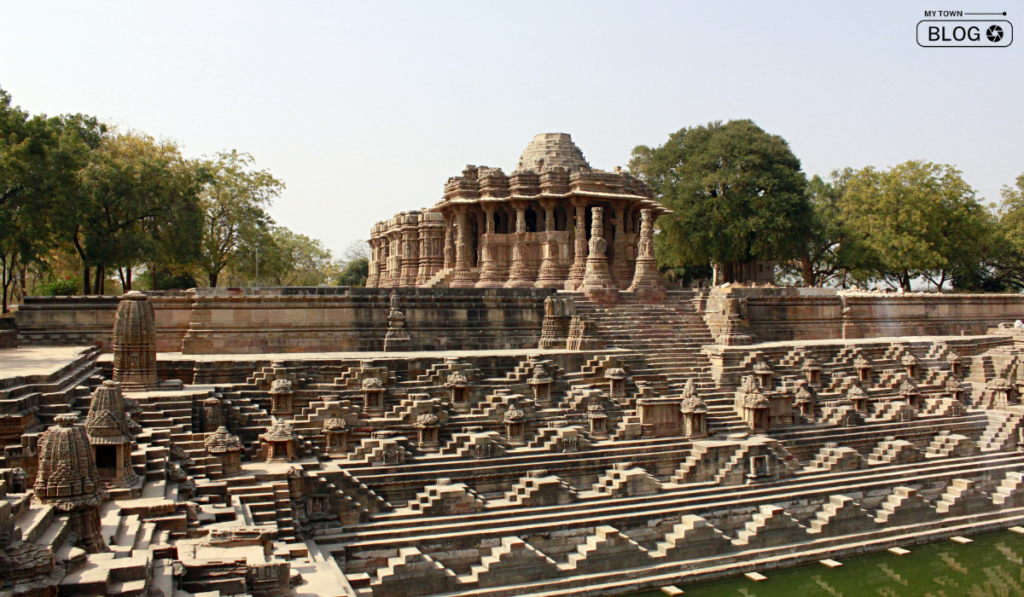
Nestled within the tranquil confines of Modhera village lies one of India’s paramount sun temples. Constructed during the 11th century under the patronage of the Solanki dynasty. This temple pays homage to the Sun God, Surya.
The edifice stands as an imposing monument, featuring a meticulously carved stepped tank. An assembly hall, and a central shrine adorned with intricate stone sculptures. Notably, the sanctum’s orientation allows it to bask in the inaugural rays of the morning sun during the equinox. Further enhancing its significance.
Rani ki Vav (the Queen’s Stepwell), Patan
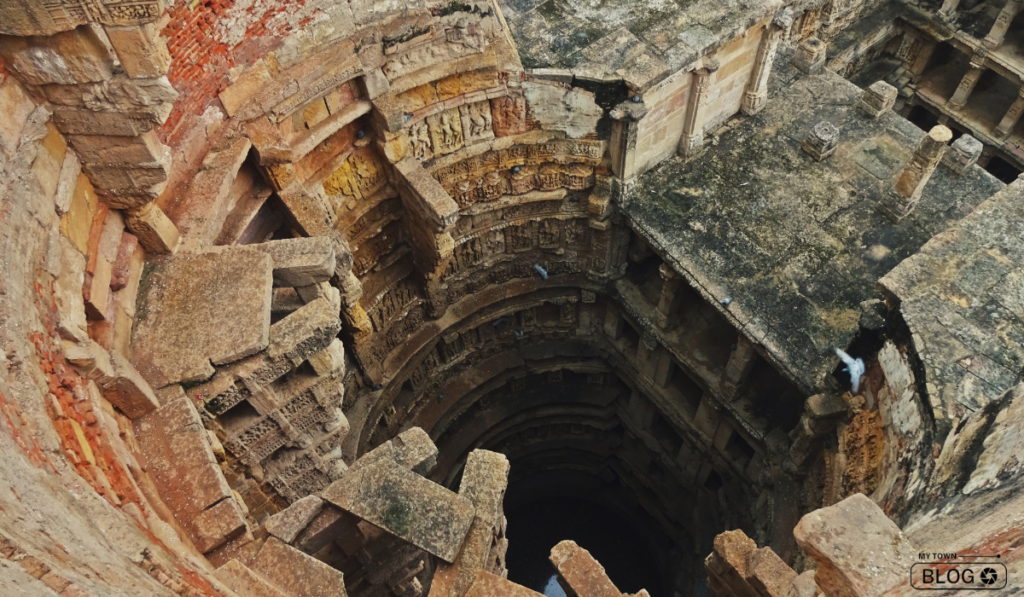
Rani ki Vav stands as an ancient, deserted stepwell of profound historical resonance, tracing its origins to the 11th century. Bestowed with the prestigious designation of a UNESCO World Heritage Site. This architectural marvel was conceived during the reign of the Solanki dynasty.
As a tribute to the memory of the ruler Bhimdev I, his widowed wife undertook its creation. With seven tiers of descending stairs. This subterranean wonder encompasses a tapestry of over 500 principal sculptures and more than 1,000 intricate minor carvings.
Discovered in relatively recent times, Rani ki Vav had remained obscured by the waters of the adjacent Saraswati River, slowly silting away until the late 1980s. Only through meticulous excavation by the Archaeological Survey of India was the true splendour of its carvings unveiled. Remarkably preserved in their pristine grandeur.
Sidhpur
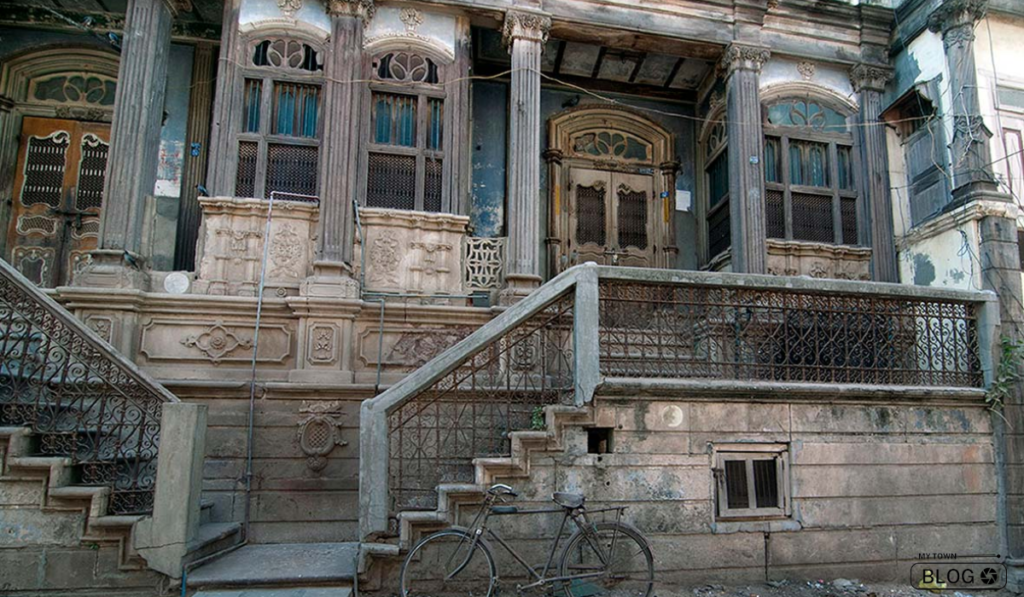
Immersed in a captivating temporal cocoon. Sidhpur beckons architecture enthusiasts with its vivid century-old mansions that stand as echoes of a bygone era. These ornate residences are treasures of the affluent Dawoodi Bohra Muslim community, bearing testimony to their opulent legacy.
While many of these houses now stand vacant due to their owners migrating abroad. Their vibrant facades remain a testament to an illustrious past.
Nestled serenely beside the sacred Saraswati River, Sidhpur embraces a dual identity as a significant Hindu pilgrimage site. A constellation of temples and tranquil water bodies punctuate its landscape, lending an aura of divinity.
A prominent highlight are the remnants of the Rudra Mahalaya Temple, tracing its roots back to the 10th century. This site is adorned with towering carved pillars and torans, captivating visitors with its timeless allure.
Idar Hill Fort, Sabarkantha District
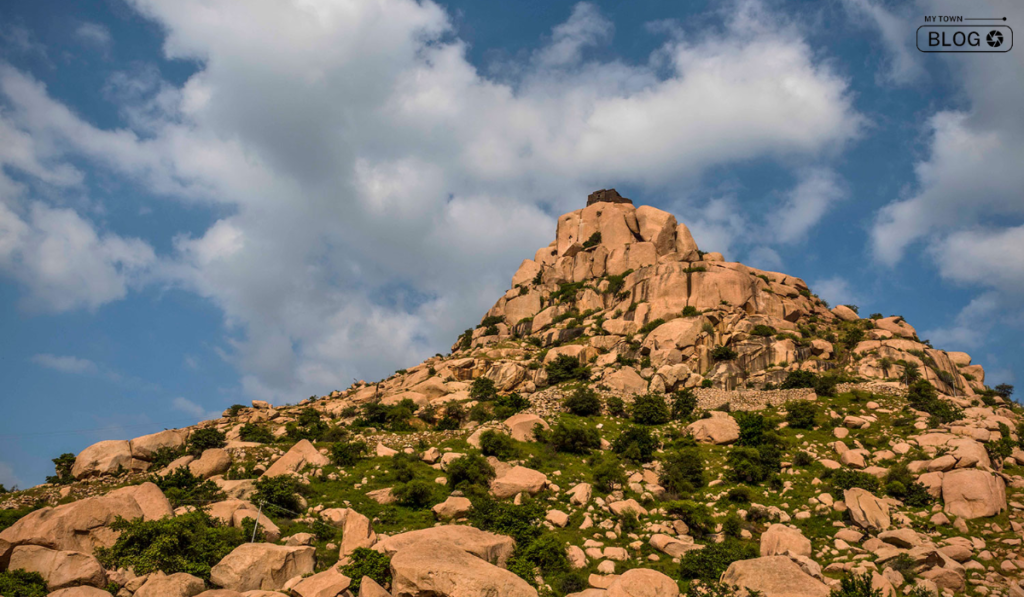
For centuries, colossal boulders have stood as steadfast sentinels. Sheltering the town of Idar, nestled at the southern terminus of the Aravali mountain range.
Embarking on a journey to conquer the hill’s summit, known as Idariyo Gadh. Unveils both scenic vistas and an arduous ascent through rocky terrain. Along this path, vestiges of erstwhile palaces and temples stand as silent witnesses to the passage of time.
Idar is renowned not only for its rugged natural beauty but also for its artisanal prowess. The town’s artisans craft intricate wooden toys by hand, a tradition that has endured through generations.
A delightful stroll through the market near the iconic clock tower provides an opportunity to acquire these cherished wooden treasures. Adding a touch of Idar’s artistic heritage to your journey.
Polo Forest, Sabarkantha District
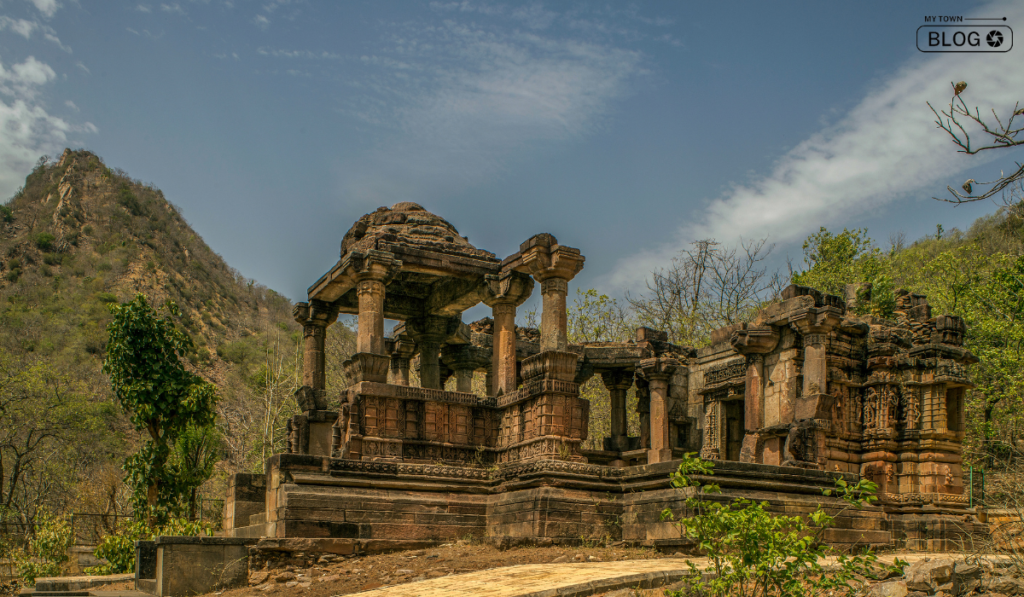
For avid trekkers seeking a hidden gem, Polo Forest stands as one of Gujarat’s best-kept secrets. Concealed within its verdant expanse are ancient Hindu and Jain temples, discreetly nestled amidst the lush embrace of the jungle.
This haven was once the bustling city of Abhapuri, said to have been founded in the 10th century by the Idar kings. In the 15th century, it witnessed the conquest of the Rathod Rajputs of Marwar.
To fully embrace the enchantment of Polo Forest, timing is key. Plan your visit between September and December, immediately after the monsoon season. To witness the landscape donned in its most resplendent shades of green.
This period unveils a mesmerising tapestry of nature’s grandeur. Making it an ideal time for exploration and immersion into the heart of this captivating wilderness.
Kutch Region
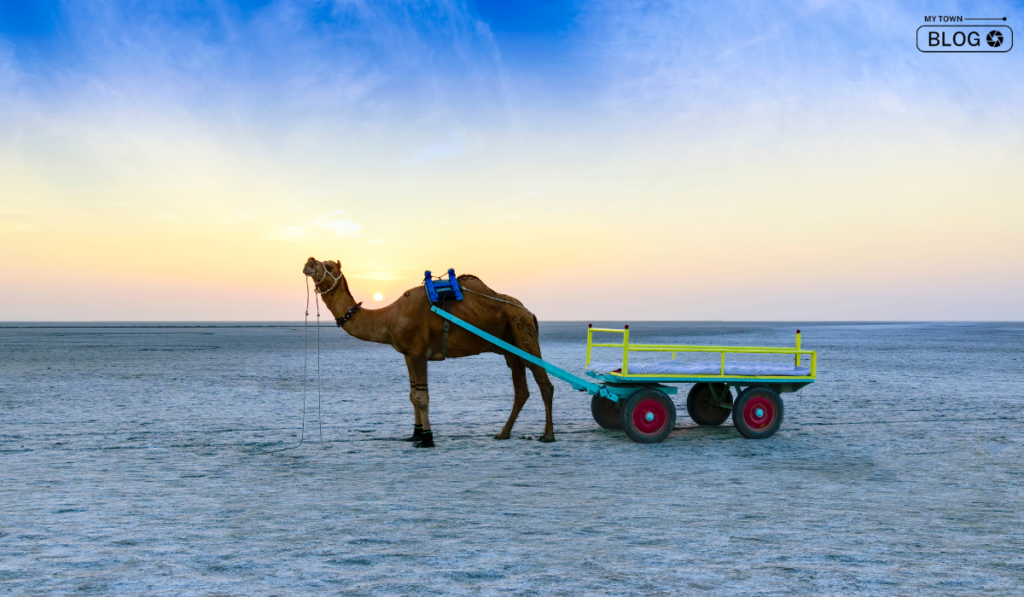
The expansive and rugged desert expanse that characterises Gujarat’s Kutch region is often likened to India’s “Wild West.” Its name, Kutch (or Kachchh), is derived from its dynamic nature—alternating between being submerged during the monsoon season and arid during the dry spells.
This region predominantly comprises the Great Rann of Kutch. An extensive seasonal wetland famed for its salt desert, and the Little Rann of Kutch, renowned for sheltering the Wild Ass Sanctuary.
Beyond its stark landscapes, the Kutch region boasts a tapestry of attractions. The historic town of Bhuj beckons with tales of yore. While traditional villages brimming with indigenous handicrafts offer a glimpse into a vibrant way of life.
The port town of Mandvi weaves maritime heritage into its shipbuilding legacy. Amidst this arid backdrop, the ruins of Dholavira stand as vestiges of an ancient Indus Valley civilization or Harappan city, imparting echoes of a distant past. The Kutch region, a realm of contrasts, invites exploration into both its desolate beauty and its rich cultural tapestry.
Kankaria Lake
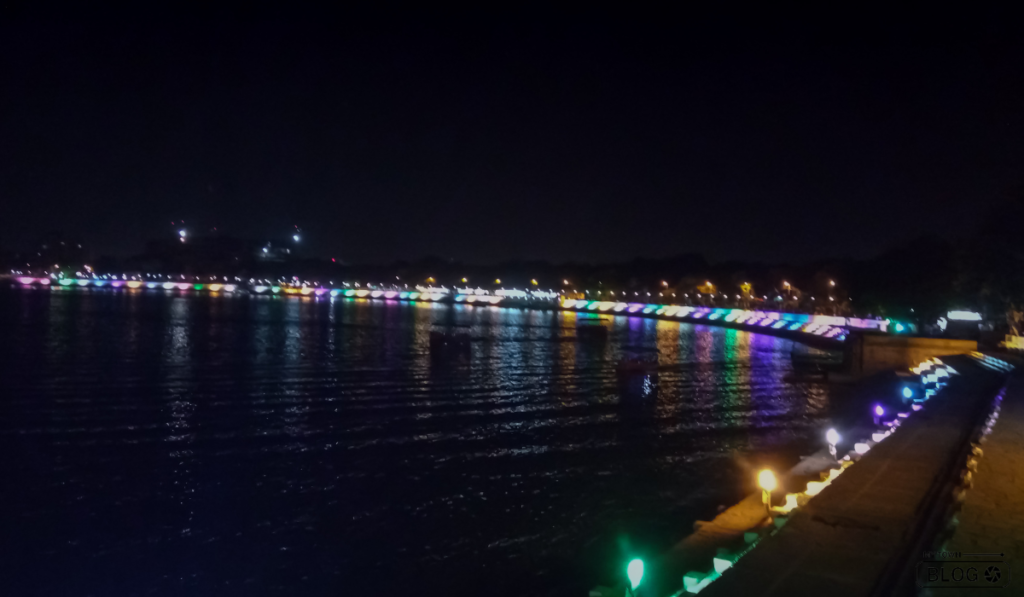
Kankaria Lake in Ahmedabad, India, is a picturesque and multifaceted urban oasis that captivates both locals and tourists alike. This circular water body, built in the 15th century by Sultan Qutb-ud-Din Ahmad Shah II, has evolved over the years to become a popular recreational destination, offering a blend of natural beauty, historical significance, and modern amenities.
The lake’s serene waters are surrounded by lush gardens, inviting promenades, and vibrant pavilions that contribute to its tranquil ambiance. Boating on Kankaria Lake is a popular activity, allowing visitors to enjoy a leisurely sail while relishing panoramic views of the surrounding cityscape.
Shatrunjaya Hill Temples, Palitana
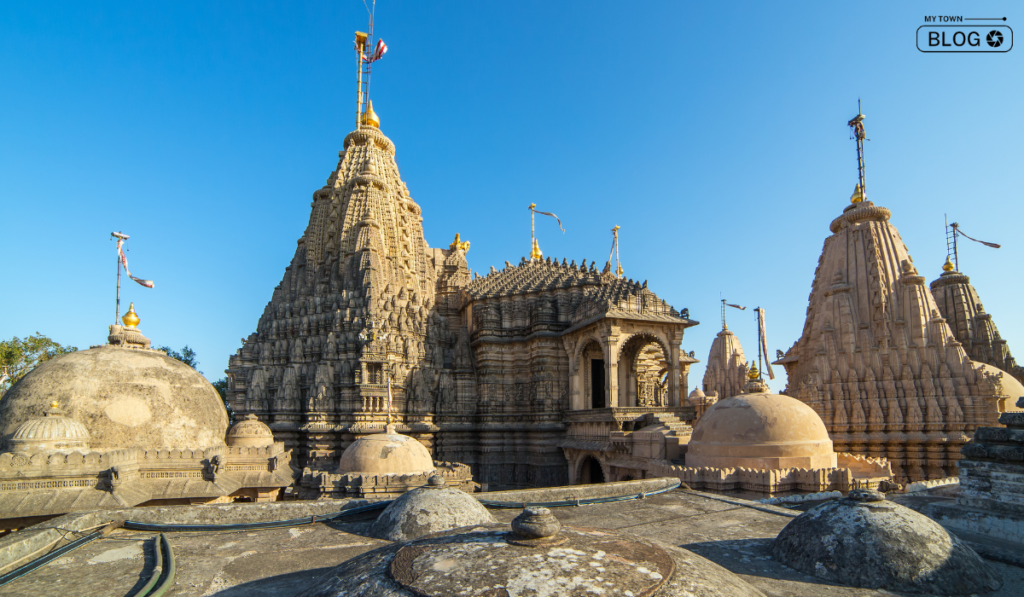
Palitana, a paramount pilgrimage destination for followers of Jainism, stands adorned with an impressive array of almost 900 temples, with ongoing construction adding to its splendour. Embark on an ascent exceeding 3,000 steps, a journey that culminates atop the hill in a breathtaking expanse of Jain temples, offering vistas that stir the senses.
It’s important to acknowledge that the hill holds sacred significance, infusing each step with reverence. While preparing for this spiritual journey, bear in mind the sanctity of the place. Wearing or carrying leather items is not permitted, and a modest dress code is expected to honour the sacredness of the site.
Palitana invites devotees and explorers alike to embrace its spiritual energy and architectural marvels while respecting its cherished traditions.
Saputara, The Dangs
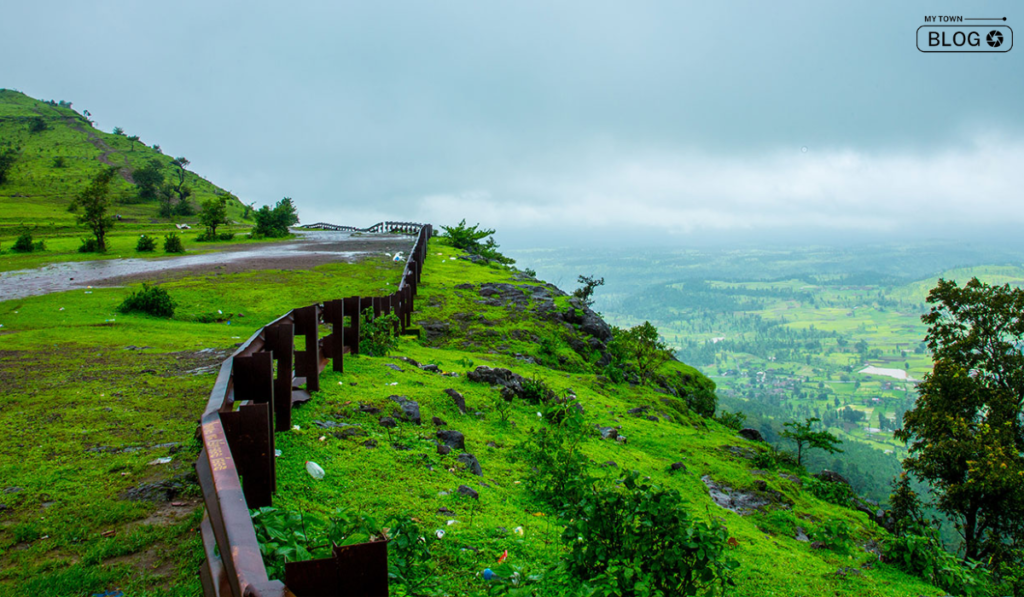
Perched gracefully upon a verdant plateau crowning the Sahyadri mountain range, Saputara, aptly named “Abode of Serpents,” beckons travellers to its embrace. This hill station unveils a picturesque tapestry, characterised by dense forests and serene landscapes.
Evolving into a coveted tourist haven, the destination boasts an array of offerings. Lakeside hotels offer respite, while a vibrant boat club, tribal museum, cable car rides, and an artist village contribute to its multifaceted charm.
Saputara finds favour as a cherished weekend retreat, with its allure amplified during the monsoon season, when a mystical mist envelops the landscape. Within the encompassing district, The Dangs, the essence of rural India thrives.
Home to a vibrant tribal populace, this region offers an immersive encounter with authentic local culture. Notably, Subir village pioneers community-based tourism through initiatives such as Rural Pleasure, extending a heartfelt invitation to experience the rural essence of India in its purest form.
Dwarka
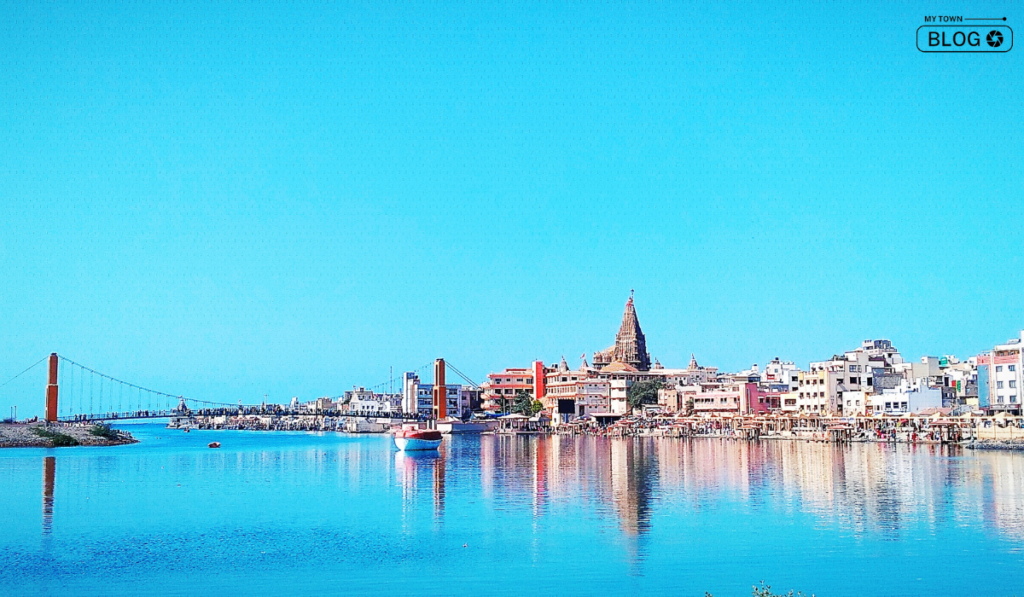
Dwarka, a revered site of devout significance, stands proudly among the illustrious Char Dham Hindu pilgrimage destinations and the ancient Sapta Puri religious cities of India. This hallowed land bears the legacy of being deemed the ancient realm of Lord Krishna and the inaugural capital of Gujarat.
The Krishna Janmashtami festival unfolds as a monumental event, entwining faith and celebration. Central to Dwarka’s essence is the Dwarkadhish Temple, a venerable shrine constructed around 200 BC, renowned colloquially as the Jagat Mandir.
This architectural marvel stands as a testament to devotion and history. The enchanting Gomti Ghat beckons, its holy waters mirrored by a vibrant panorama—ornately adorned camels, tea vendors, and purveyors of seashell jewelry conjure an exquisite spectacle.
Conclusion
In the diverse expanse of Gujarat, a captivating blend of history, culture, and nature awaits exploration. Amidst ancient architecture and modern wonders, the past and present converge in a harmonious tapestry. From architectural marvels that tell tales of empires to serene natural landscapes, the state offers a journey through the best tourist attractions in Gujarat through time and tradition.
FAQs
What are some must-visit tourist attractions in Gujarat?
Discover iconic sites such as the magnificent Rann of Kutch, the historic Sabarmati Ashram, the intricate Sun Temple in Modhera, and the awe-inspiring Statue of Unity.
Are there any wildlife sanctuaries or national parks in Gujarat for nature enthusiasts?
Certainly! Gujarat boasts the Gir Forest National Park, home to the majestic Asiatic lions, and the Nal Sarovar Bird Sanctuary, a haven for avian lovers.
What is the significance of the Rann of Kutch as a tourist attraction?
The Rann of Kutch is renowned for its surreal white salt desert, particularly during the Rann Utsav festival, which offers cultural experiences, handicrafts, and folk performances.
What are the best beach destinations to visit in Gujarat?
Gujarat offers picturesque beaches like Mandvi, Dwarka, and Diu, where you can relax, indulge in water sports, and enjoy the serene coastal beauty.
How can I best experience the local cuisine while exploring these tourist attractions?
Savour the delectable Gujarati thali, indulge in street food like dhokla and fafda, and relish local sweets such as the famous mithai.
Are there opportunities for adventure enthusiasts in Gujarat?
Absolutely! Engage in activities like paragliding at Saputara, exploring the mystic Dholavira ruins, and trekking in the scenic hills of Girnar.
What unique cultural experiences can I find in Gujarat?
Immerse yourself in Gujarat’s rich culture through festivals, local markets, traditional crafts, and indigenous art forms.
How can I travel within Gujarat efficiently?
Gujarat has a well-connected transportation network. You can use buses, trains, and even domestic flights to navigate between cities and towns.
Is it safe for tourists to travel within Gujarat?
Tourists generally consider Gujarat safe. However, it’s advisable to take standard safety precautions like any other travel destination.








